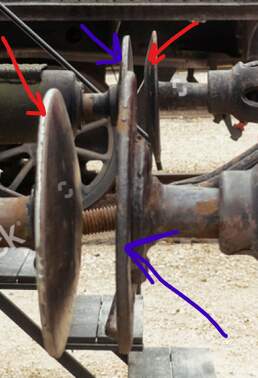Thanks J.
Hi everyone, still work progress.
Nice clean work and very fast!
J
What an amazing build. It is impressive and likes the brass job / Micke
One of the most interesting builds on the interwebs,
J
You are a master of scratch construction.
I really like what I see 

This is some very impressive, and very fast scratch building. Thanks for sharing with us.
Thanks JR, Micke, Taylorrl
Hi guys, today I finished the booth and started sticking on the details. I did a master for bumper holders and now let’s see if the job works …
Keep going !
J
This is really good scratch building. It is exceptionally clean - no visible glue, sanding marks, or tool marks. I’m not a train guy, but I’m loving your build.
Great job, excellent advances.
A Master
Regards, Omar
Insane but fabulous. Must be related to Angel. 

Outstanding scratch building. I needed detail of the cab of a steam loco for my build of the “Reading Rail-Rod”. Thank you for your model ref shots 
Thanks Taylor, Omar, Smith, Kosp, too good … in the meantime I finished the first hook and I proposed the two hooking systems to the locomotive.
One small technical detail that is often missed:
One buffer is flat, or very close to flat, and the other is convex.
When two “units” are coupled to each other the convex buffer meets the flat one and vice versa.

Thanks very interesting, I did not know … let’s see if I still have time to make a correction …